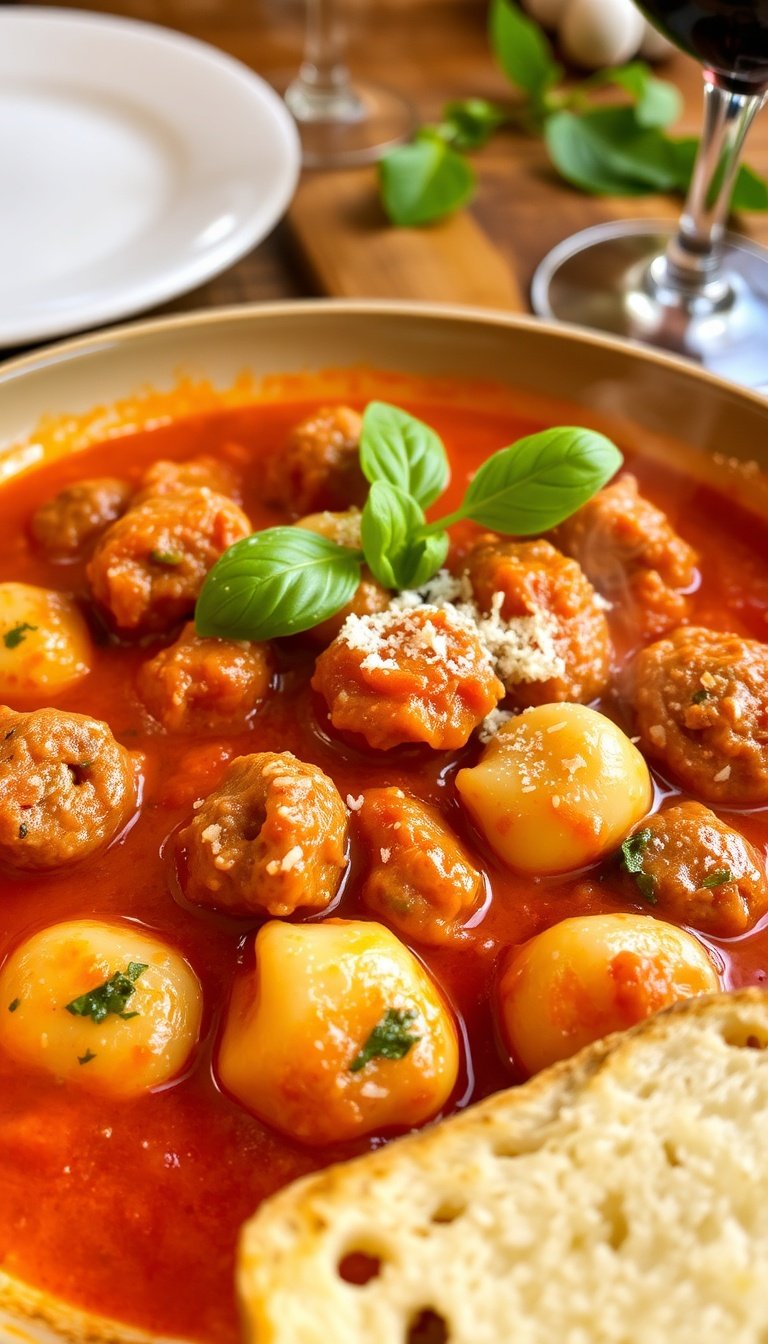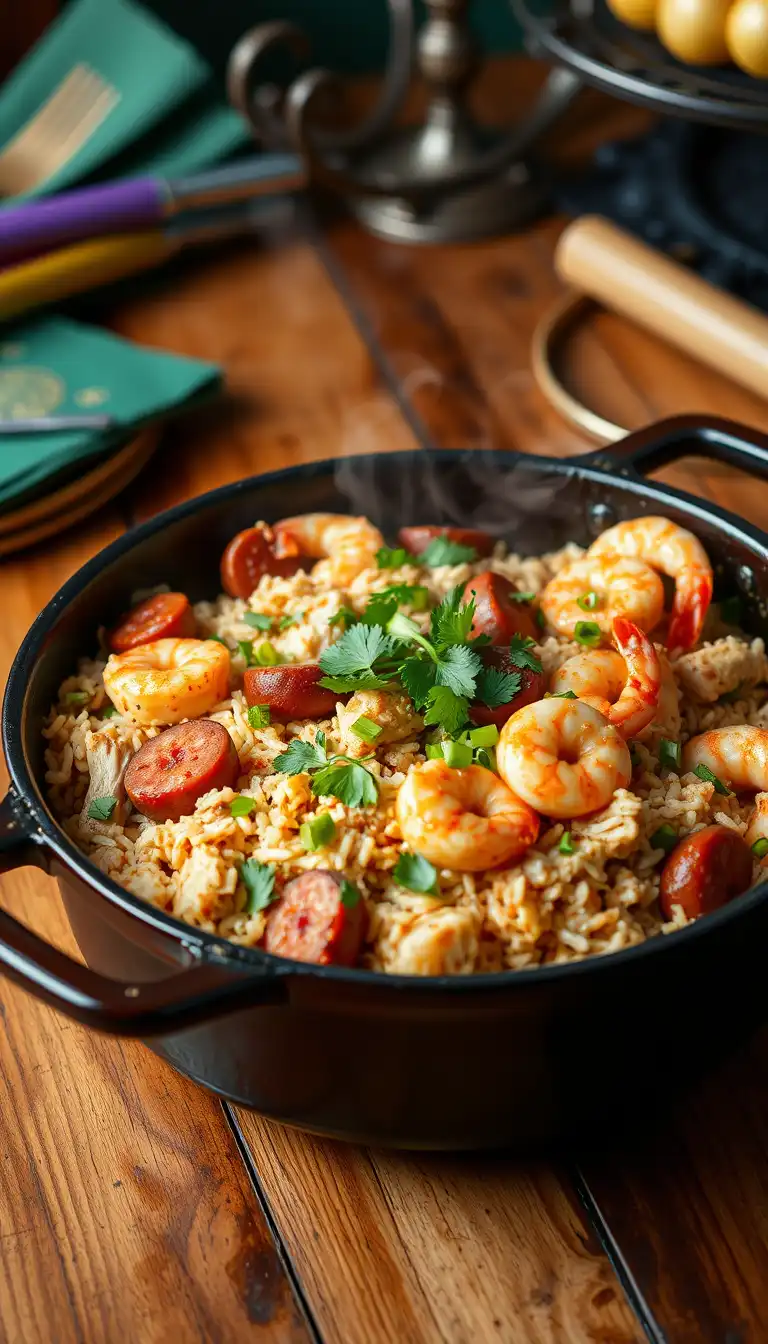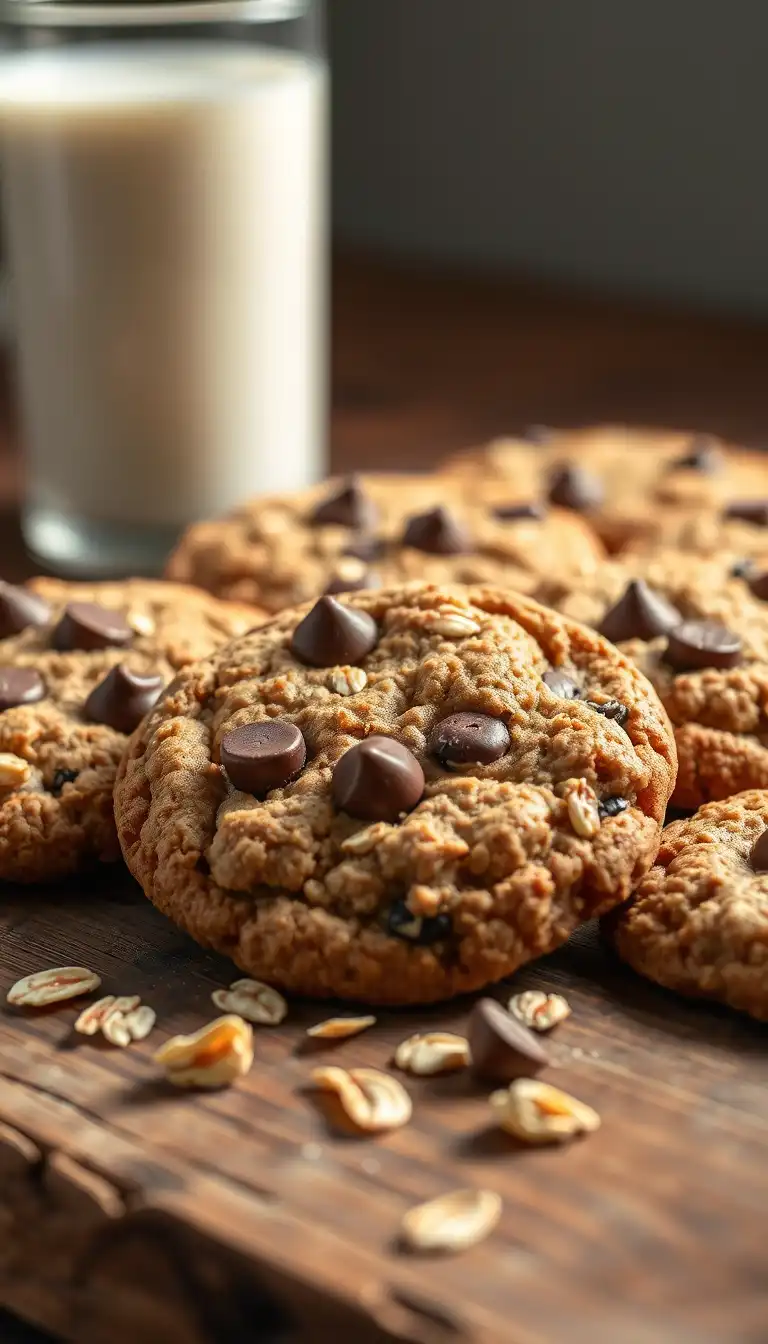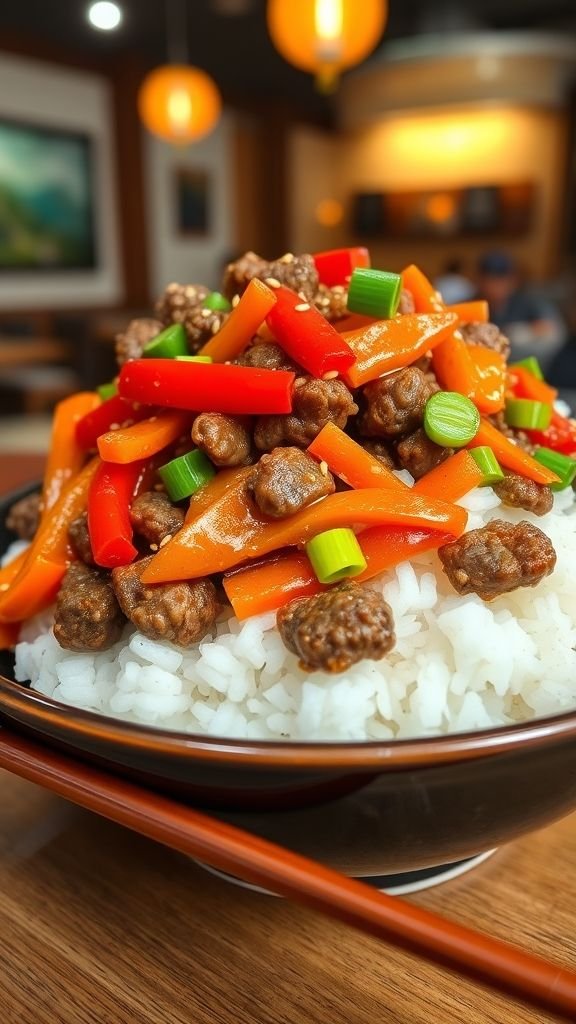If you’re aiming to nourish your body with real, unprocessed ingredients, whole food recipes are the way to go. These meals skip the processed shortcuts and instead highlight fruits, vegetables, whole grains, lean proteins, nuts, and seeds—the building blocks of a healthy diet. Whether you’re following a clean eating lifestyle or just want to feel better and more energized, this list of 15 whole food recipes will fuel your body and satisfy your taste buds.
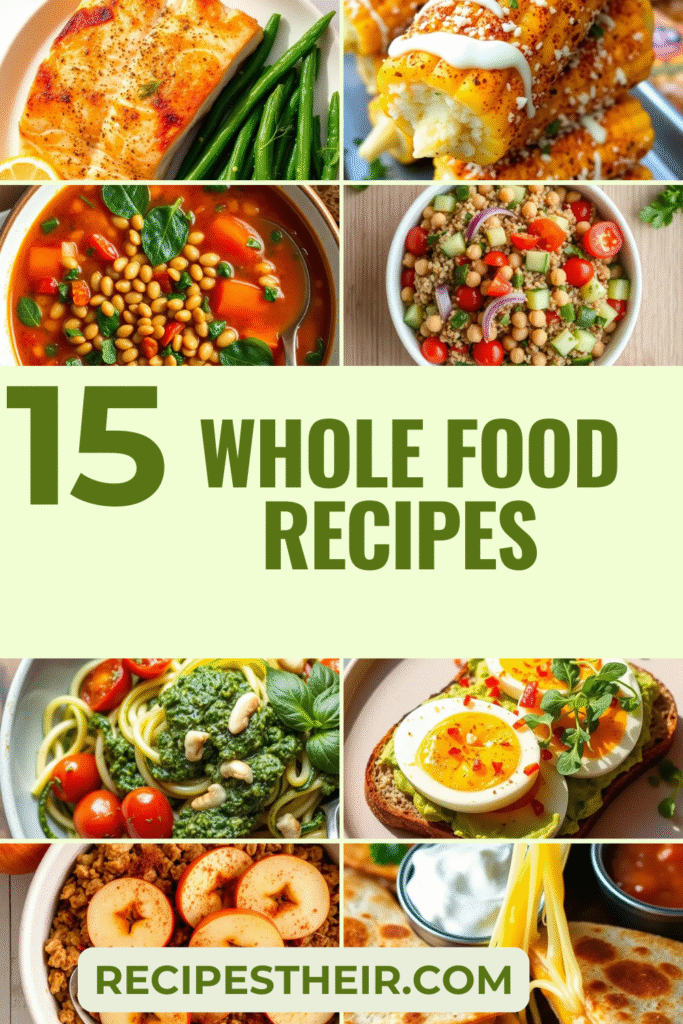
What Are Whole Food Recipes?
Whole food recipes focus on ingredients that are as close to their natural state as possible. Think fresh produce, legumes, lean meats, fish, whole grains like quinoa or brown rice, and healthy fats from avocados or olive oil. These recipes avoid highly processed ingredients, refined sugars, artificial flavors, and preservatives. The result? Nutrient-dense meals that promote better digestion, sustained energy, and overall well-being.
1. Quinoa Chickpea Salad with Lemon Vinaigrette
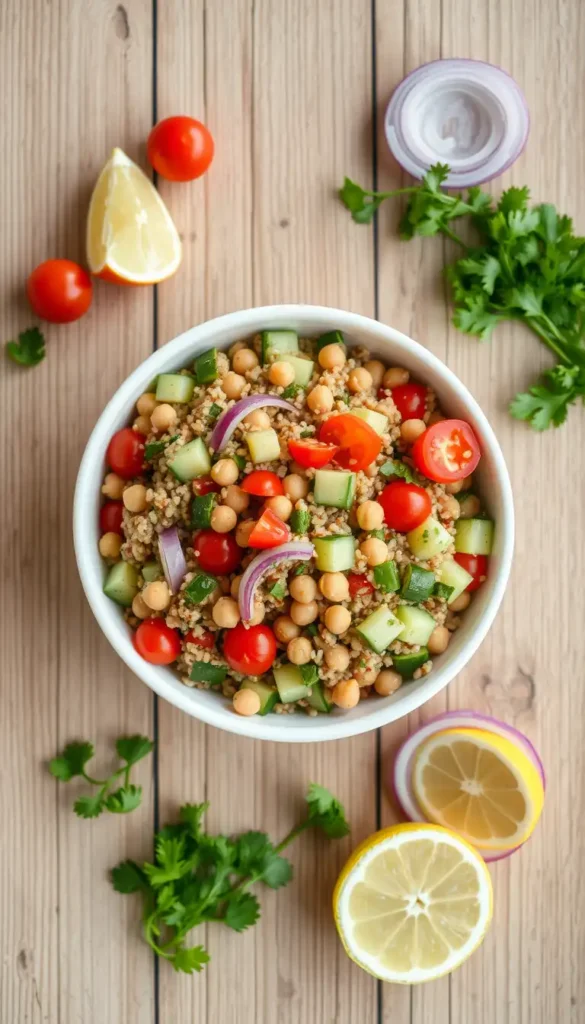
This vibrant bowl combines fluffy quinoa, protein-rich chickpeas, cucumbers, tomatoes, red onions, and fresh herbs. A zesty lemon vinaigrette brings it all together for a refreshing lunch or dinner.
Why it works: High in fiber, plant-based protein, and heart-healthy fats.
Tip: Add avocado or grilled chicken for a hearty twist.
2. Sweet Potato and Black Bean Tacos
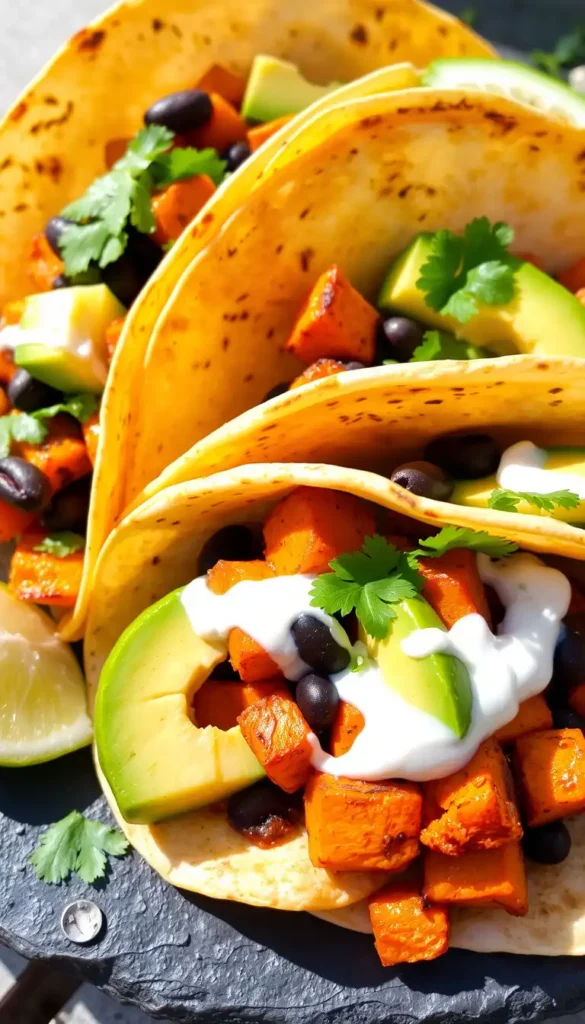
Swap out flour tortillas for corn and fill them with roasted sweet potatoes, black beans, avocado slices, and a drizzle of lime crema.
Whole food bonus: No refined oils or added sugars—just clean, satisfying ingredients.
3. Grilled Lemon Herb Chicken with Roasted Veggies
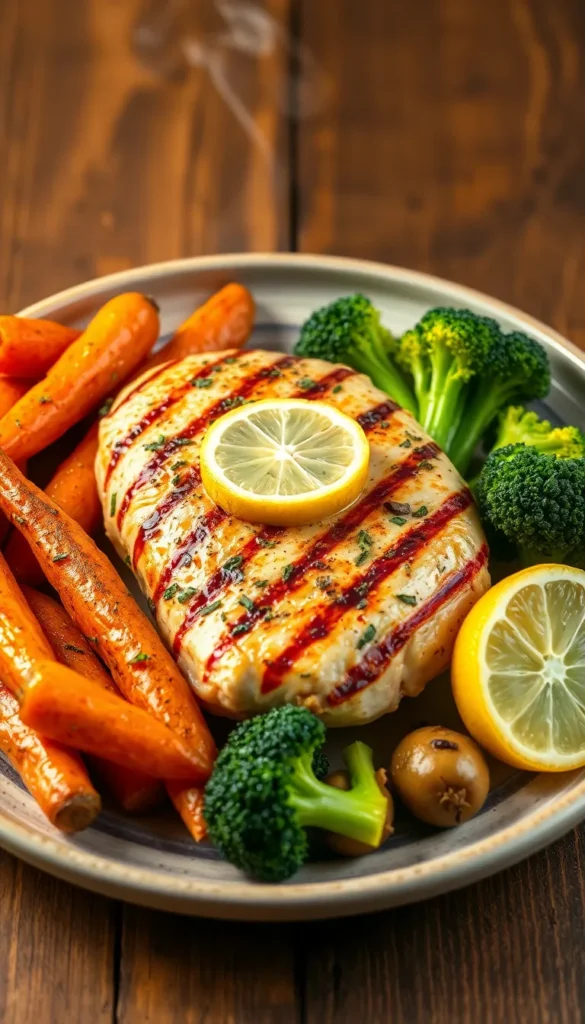
Marinate chicken breasts in olive oil, garlic, lemon juice, and herbs, then grill to perfection. Serve with roasted carrots, broccoli, and sweet potatoes.
Ideal for: Weekly meal prep or a wholesome dinner the whole family will love.
4. Vegetable Stir-Fry with Brown Rice
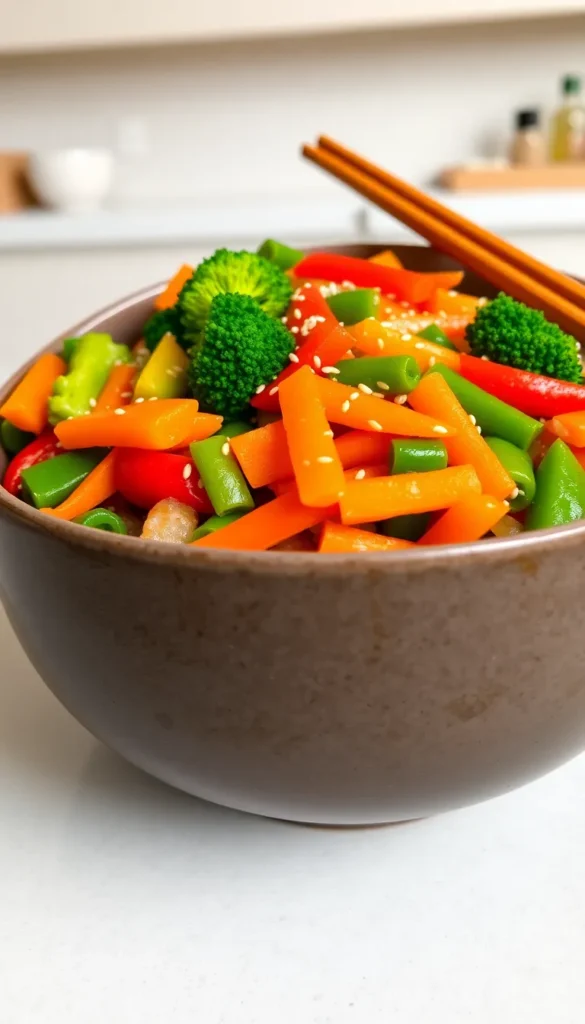
Packed with bell peppers, carrots, broccoli, and snap peas, this colorful stir-fry uses coconut aminos instead of soy sauce for a cleaner twist.
Whole food swap: Use sesame oil for flavor and brown rice for fiber-rich carbs.
5. Lentil and Spinach Soup
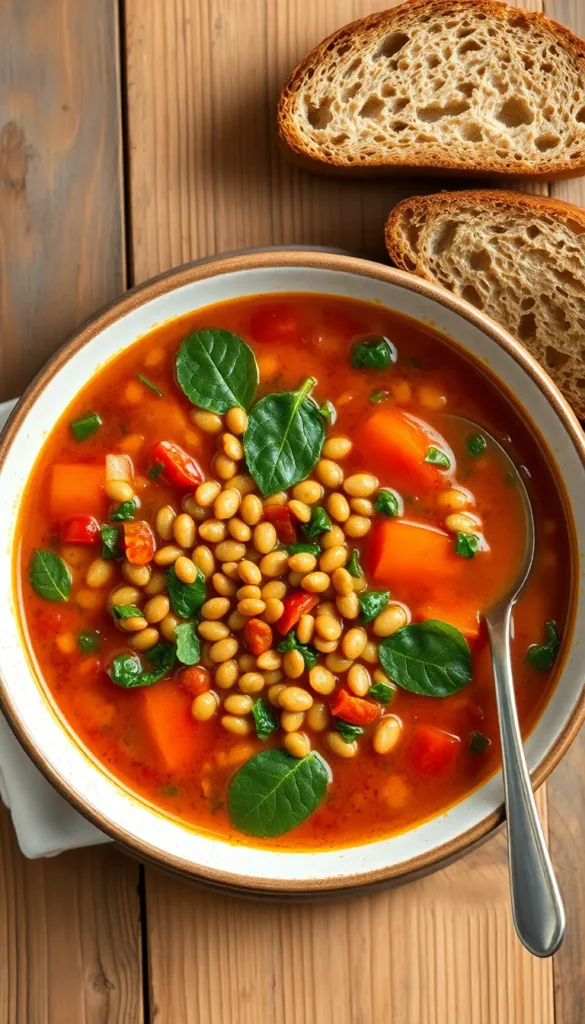
A comforting, nutrient-dense soup made with green lentils, fresh spinach, diced tomatoes, garlic, onions, and herbs.
Perfect for: Cold weather days or freezer-friendly batch cooking.
6. Oven-Baked Salmon with Garlic Green Beans
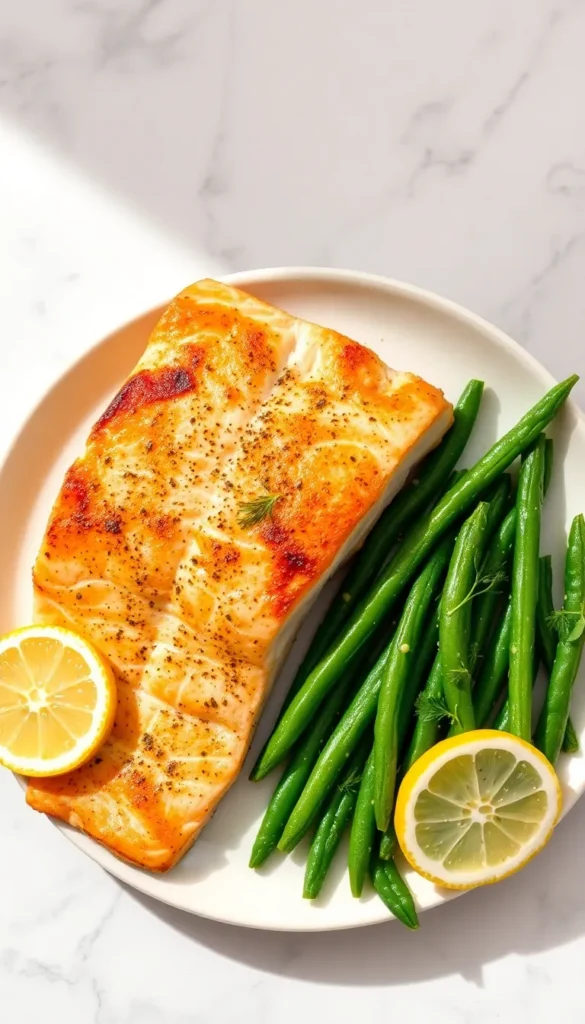
Salmon is a great source of omega-3s and bakes beautifully alongside fresh green beans tossed with olive oil, garlic, and lemon.
Whole food highlight: One-pan meal, zero artificial ingredients.
7. Stuffed Bell Peppers with Turkey and Quinoa
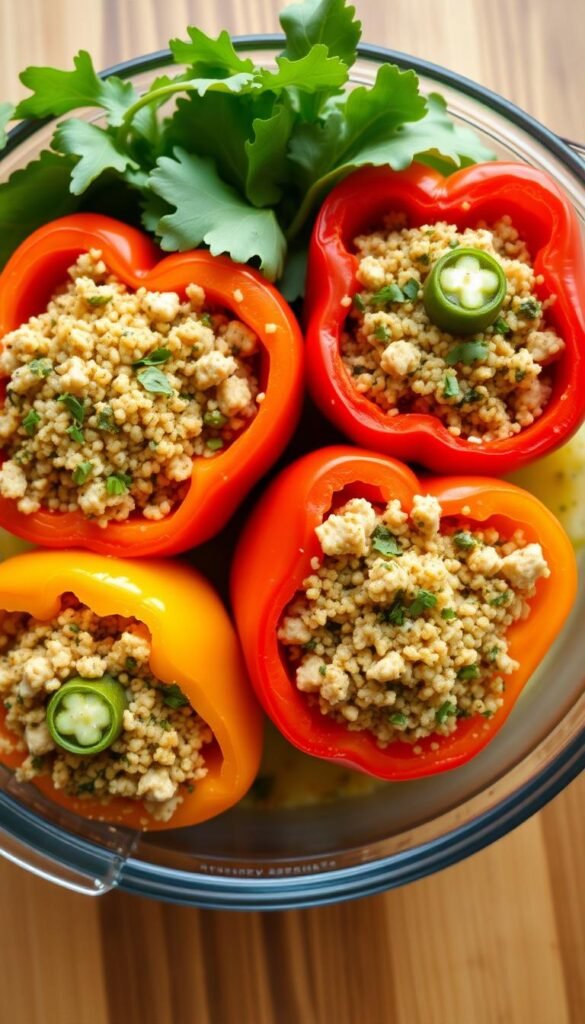
Bell peppers make the perfect edible bowl for a filling mix of ground turkey, quinoa, onions, diced tomatoes, and spices.
Low-carb option: Swap quinoa with cauliflower rice for a lighter version.
8. Banana Oat Pancakes
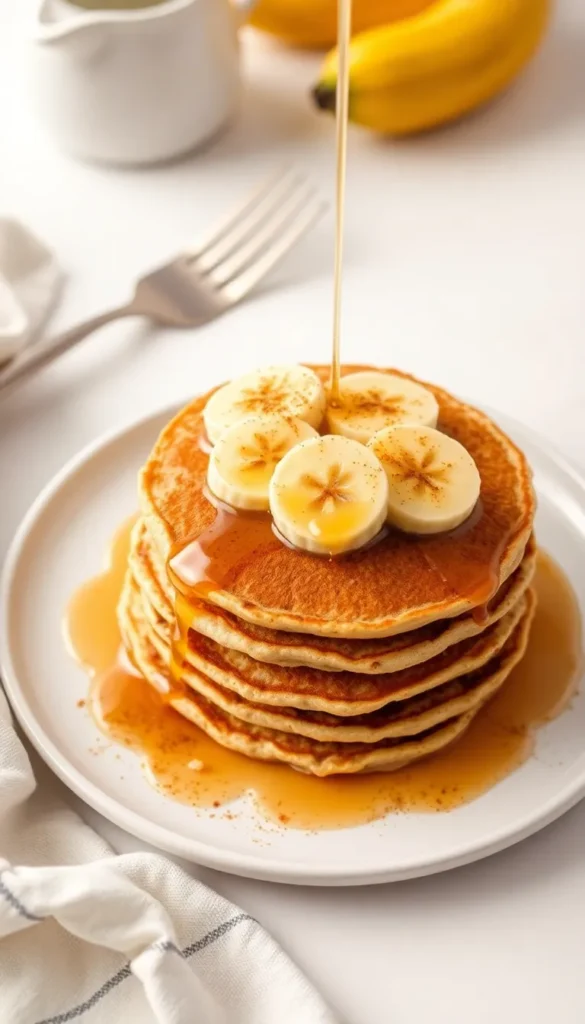
Made with mashed bananas, rolled oats, eggs, and a dash of cinnamon, these naturally sweet pancakes need no added sugar.
Whole food tip: Blend ingredients for a smooth batter and cook on a non-stick pan.
9. Zucchini Noodles with Pesto and Cherry Tomatoes
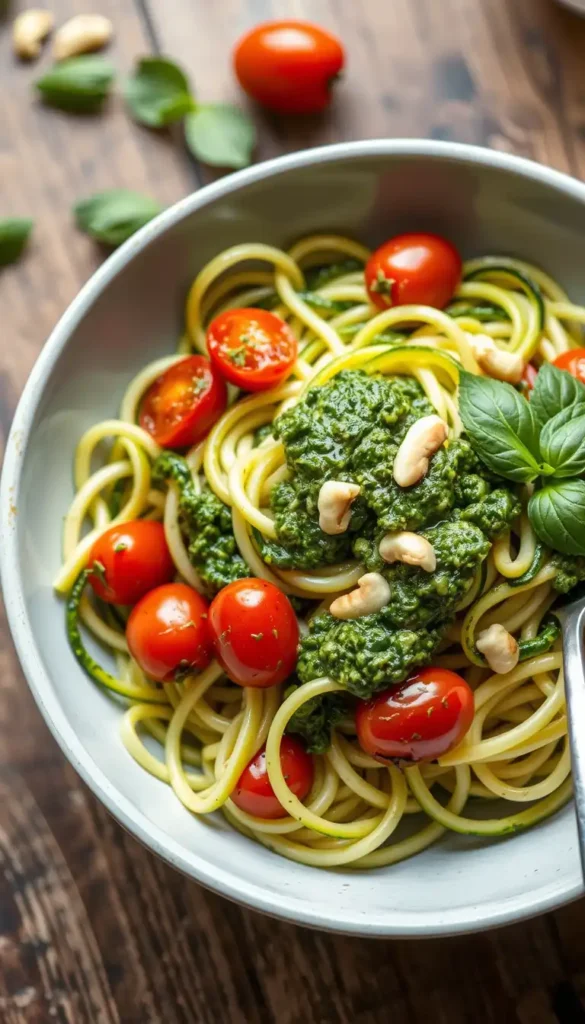
Spiralized zucchini replaces traditional pasta in this light and vibrant dish topped with homemade basil pesto and roasted cherry tomatoes.
Whole food tip: Make your pesto using olive oil, garlic, pine nuts, and nutritional yeast for a dairy-free option.
10. Avocado Egg Toast on Sprouted Bread
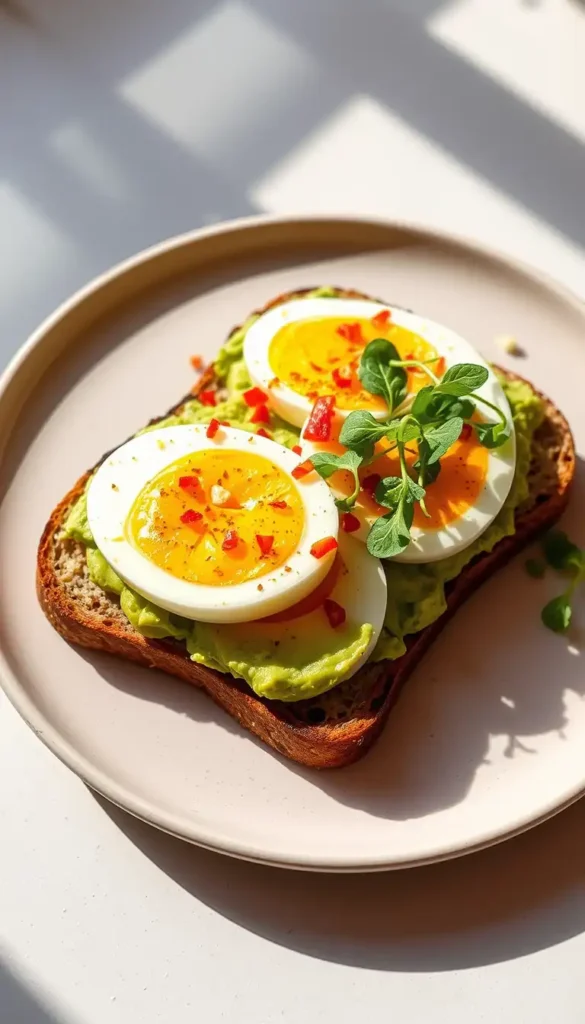
Toast sprouted grain bread, mash ripe avocado with a pinch of sea salt and lemon, then top with a soft-boiled egg and microgreens.
Power-packed breakfast: Fiber, protein, and healthy fats all in one bite.
11. Roasted Cauliflower and Chickpea Bowl
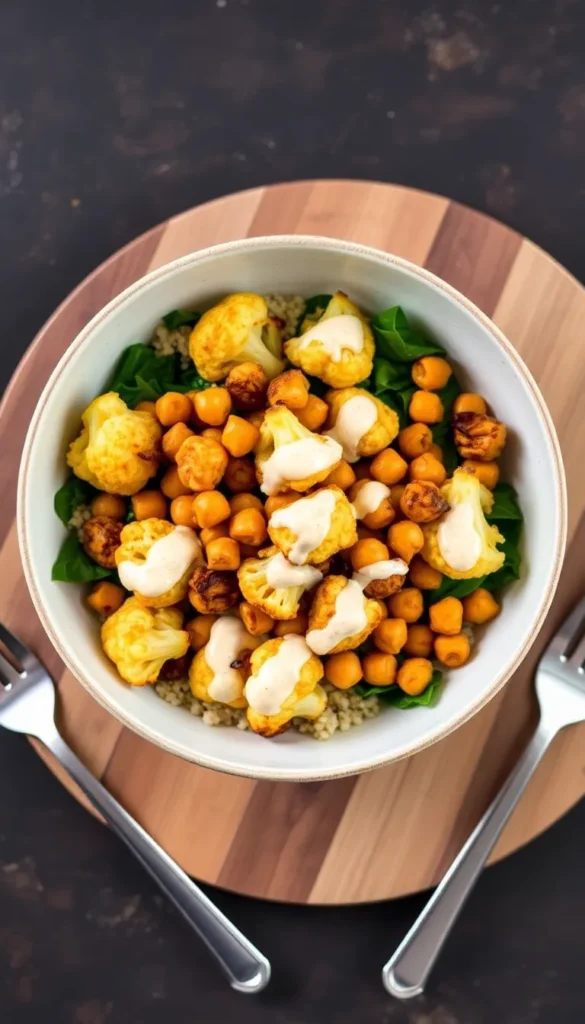
Toss cauliflower florets and chickpeas in olive oil, cumin, and paprika, roast until crispy, and serve over greens with tahini dressing.
Why it’s a winner: Budget-friendly and packed with plant protein.
12. Baked Apple Cinnamon Oatmeal

Rolled oats baked with chopped apples, cinnamon, and almond milk create a warm, comforting breakfast that stores well for the week.
Whole food sweetness: Naturally sweetened with bananas or maple syrup.
13. Mediterranean Chickpea Wraps
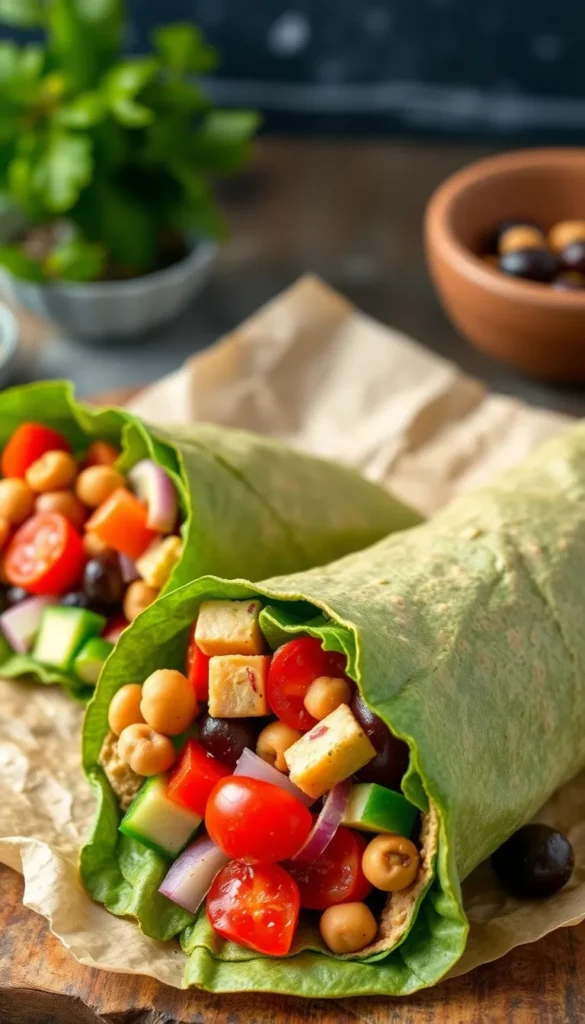
Use large collard greens or whole grain wraps to roll up hummus, cucumber, olives, cherry tomatoes, red onion, and chickpeas.
Whole food tip: Make your own hummus for a truly clean option.
14. Thai-Inspired Peanut Noodle Bowl (With Zoodles)
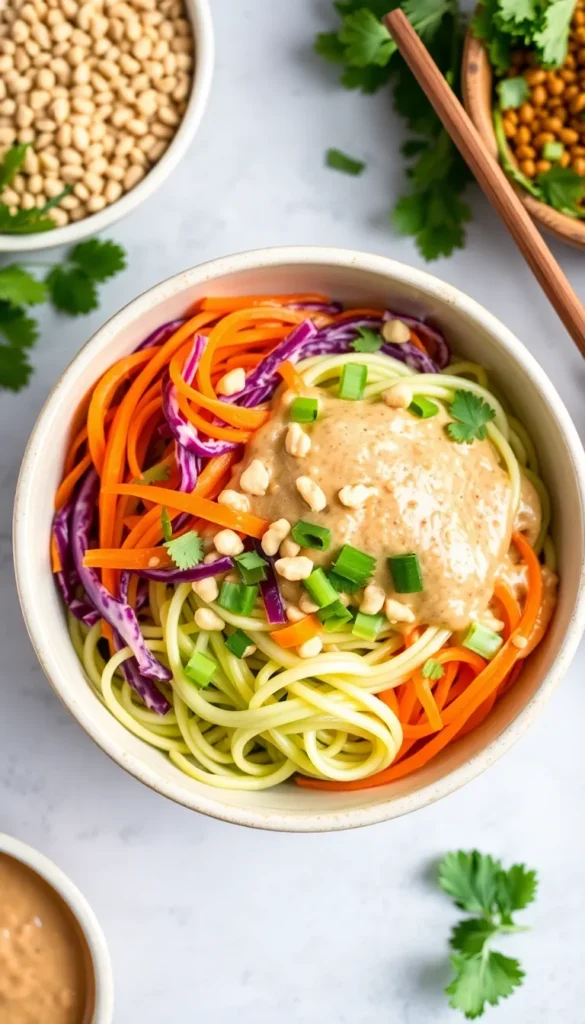
Zucchini noodles topped with shredded carrots, red cabbage, green onions, and a homemade peanut sauce made from natural peanut butter, lime, and tamari.
Flavor without compromise: Whole food ingredients, no sugar-laden sauces.
15. Grain-Free Veggie Frittata
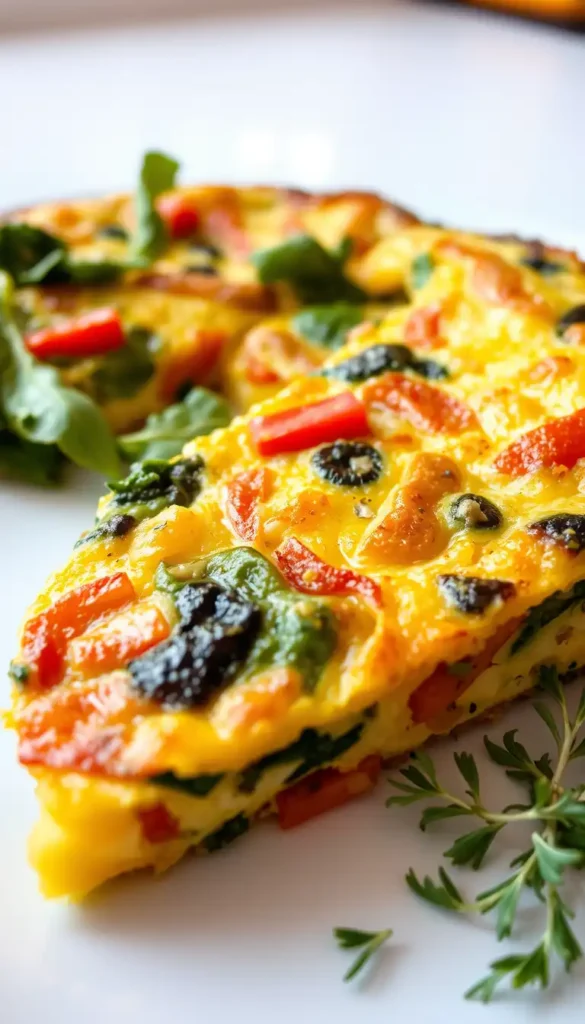
Whisk eggs with sautéed onions, spinach, mushrooms, and peppers, then bake until golden. Serve hot or cold for a protein-rich start to your day.
Whole food bonus: Dairy optional and loaded with veggies.
Why Whole Food Recipes Matter
Whole food recipes help you avoid:
- Hidden sugars
- Excess sodium
- Unhealthy fats
- Artificial preservatives
Instead, you’re eating foods rich in:
- Fiber
- Antioxidants
- Essential vitamins and minerals
- Natural, sustained energy
Whether your goal is to lose weight, support your immune system, or simply feel more energized, incorporating more whole foods is a step in the right direction.
Tips for Cooking Whole Food Recipes at Home
- Read labels: Even “healthy” packaged items may contain added sugar or preservatives.
- Shop the perimeter: Most whole foods are found around the edges of grocery stores (produce, meat, dairy).
- Batch cook: Prepare whole grains, chopped veggies, and proteins in advance for easy meals all week.
- Flavor naturally: Use herbs, spices, lemon, and garlic instead of processed sauces or dressings.
Conclusion: Clean Eating Starts with Simple Choices
These 15 whole food recipes are more than just healthy—they’re satisfying, simple to prepare, and perfect for anyone looking to nourish their body naturally. By focusing on real, unprocessed ingredients, you’re making a conscious choice to support your health and feel your best. Start small, pick your favorites from the list, and enjoy the benefits of eating whole.

